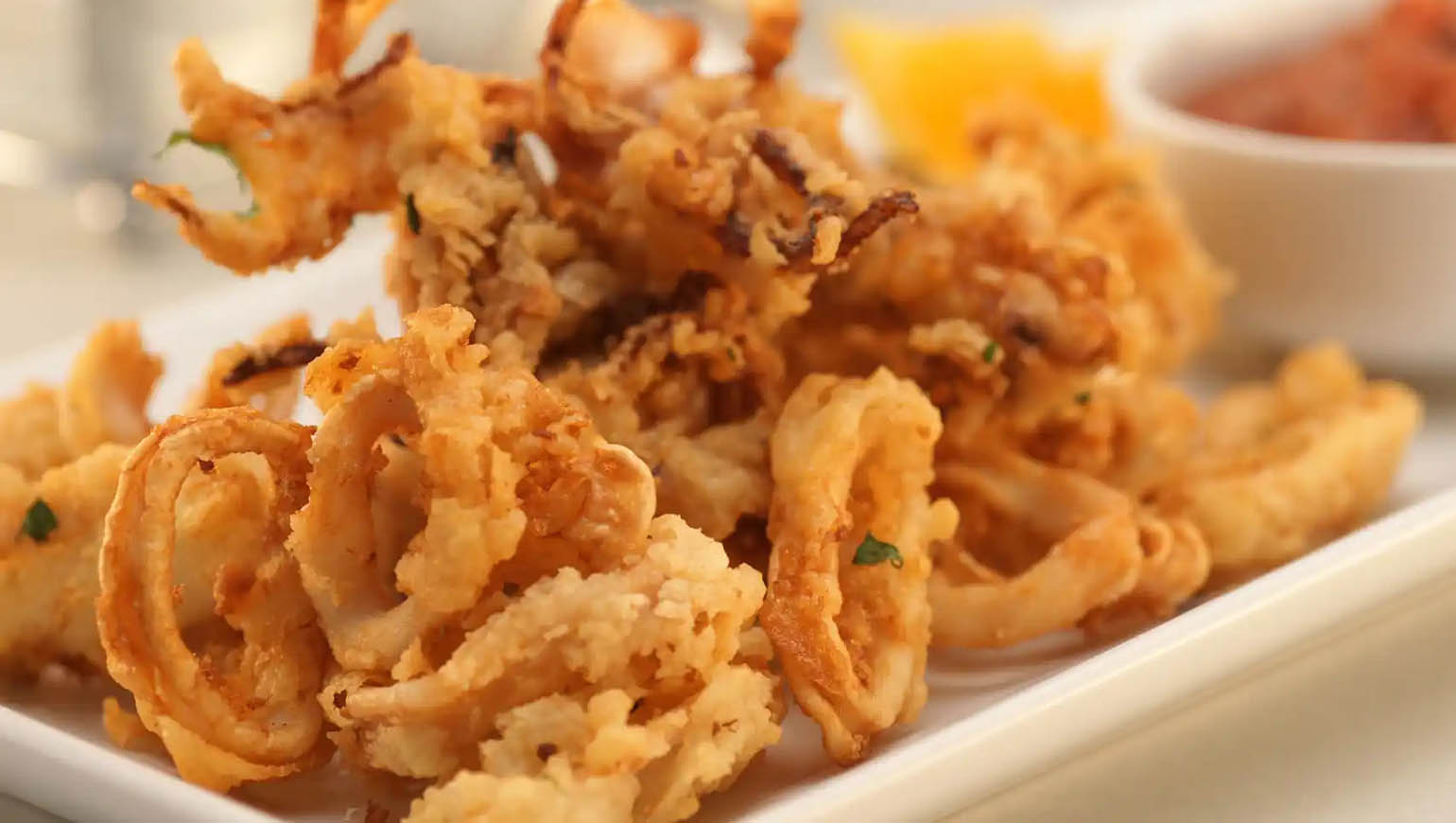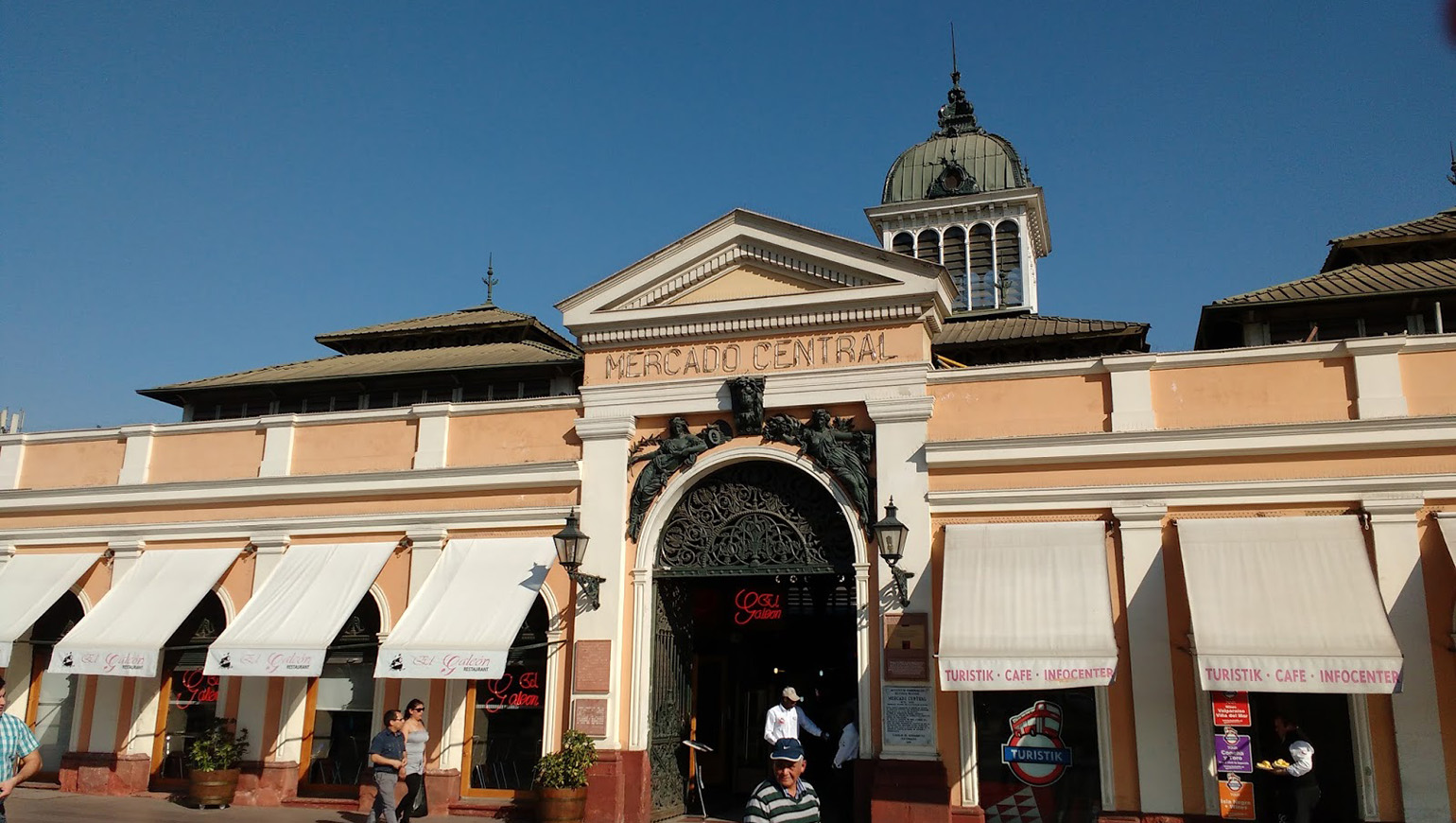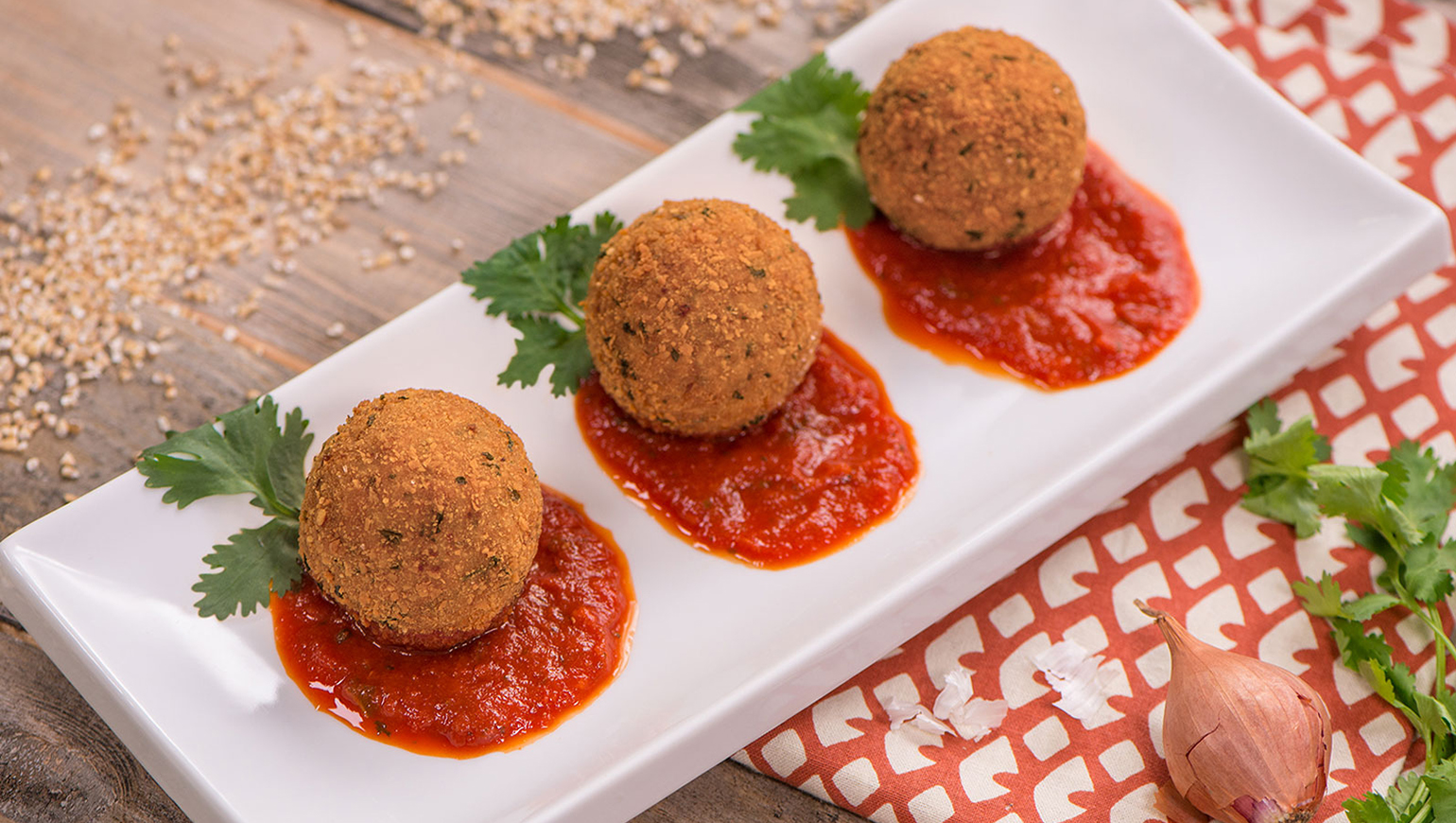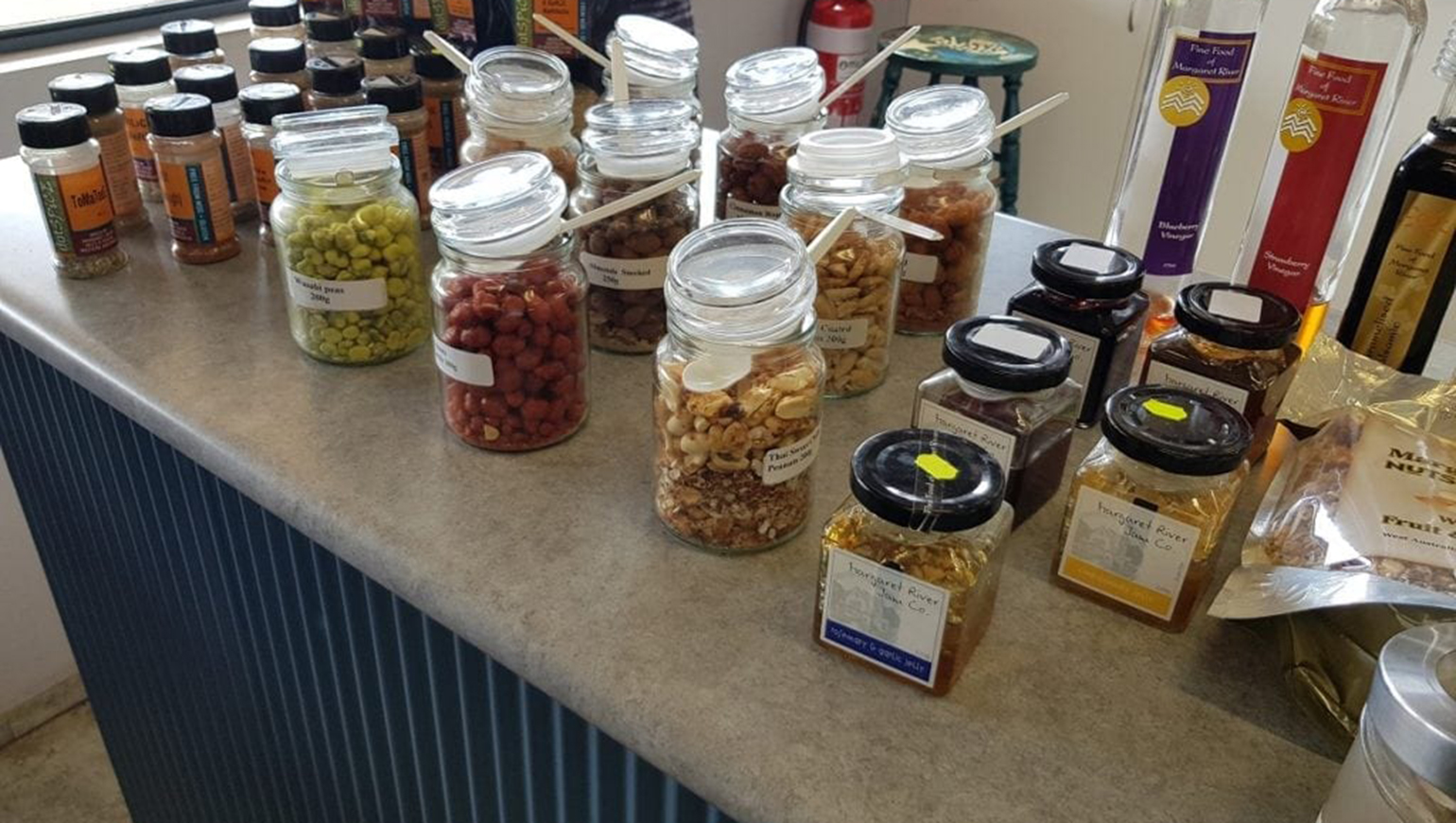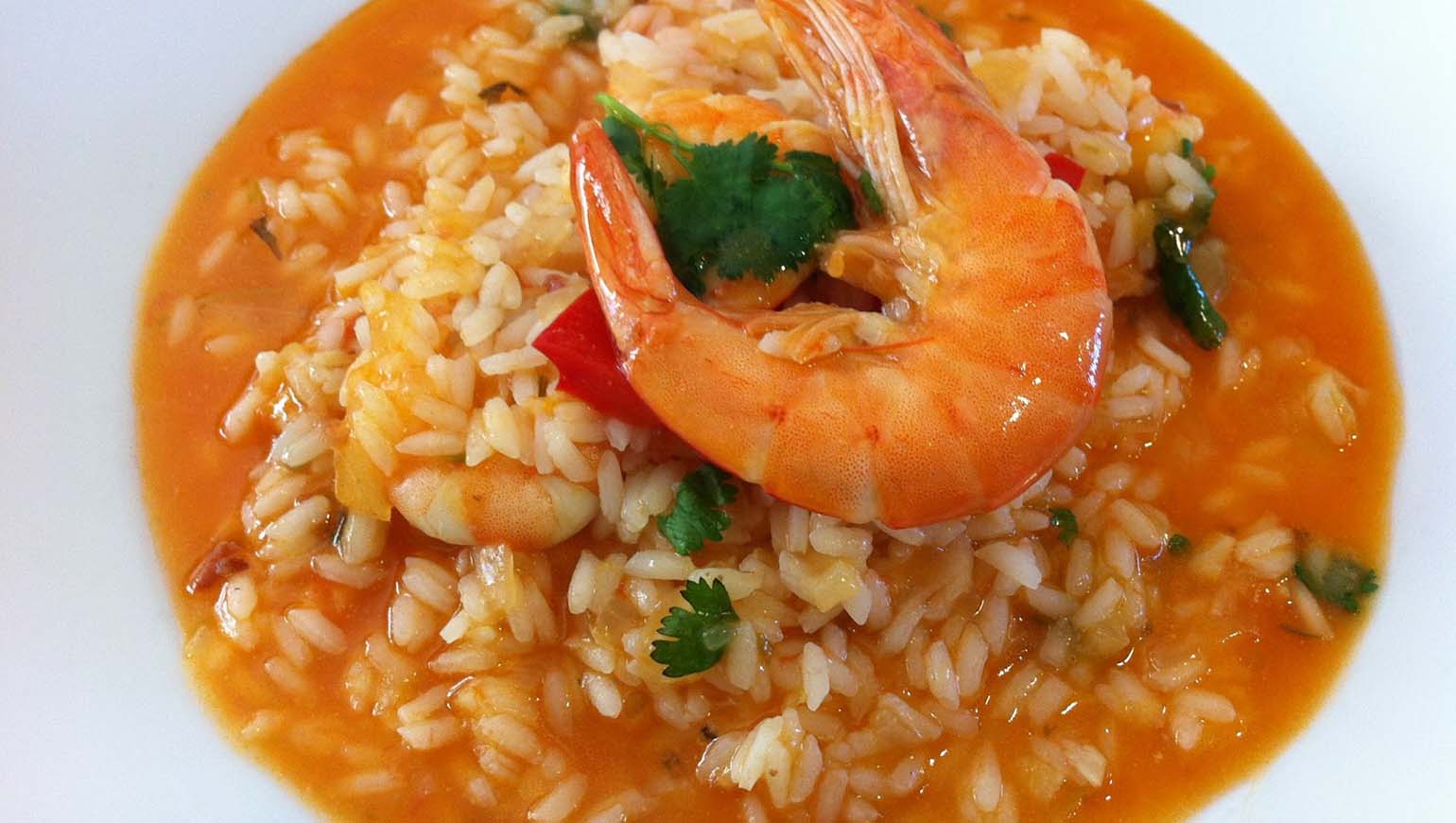Seville, the heart of Andalusia in Spain, is not only a treasure trove of culture and history but also a city with a rich culinary tradition. From ancient Moorish influences to the fusion of modern Spanish flavors, the cuisine of Seville is irresistibly delicious. As one of Spain’s culinary representatives, Seville’s food culture showcases the unique flavors and eating habits of Andalusia. In this city, food is not just about satisfying hunger; it’s a profound cultural experience. From the small, exquisite tapas to the rich taste of ham, every bite in Seville tells a story.
I. Tapas Culture: Savoring Seville in Small Plates
1. The Origin and Charm of Tapas
Tapas, the small dish culture that originated in Spain, is still an indispensable part of daily life in Seville. The legend of the name “tapas” comes from a traditional Spanish custom where bar owners would cover the glasses of wine with a small piece of bread or ham to prevent flies from getting into the drink. Over time, this simple practice evolved into what we now know as tapas.
In Seville, the varieties of tapas are endless, each dish with its own unique charm. Whether it’s a seafood tapa full of color and flavor or a meat or vegetable tapa made with local ingredients, tapas are full of variety and creativity. Each tapa allows you to experience both the pure essence of the food and the joy of sharing it with friends.
2. Classic Tapas in Seville
Some of the most common types of tapas in Seville include:
- Fried Squid (Calamares Fritos): This classic fried squid is one of the most popular tapas in Seville bars. The squid is lightly battered and deep-fried to golden perfection, resulting in a crispy exterior and tender, succulent interior. It is typically served with a slice of lemon and a sprinkle of sea salt, which enhances the natural sweetness of the squid. The contrast between the crispy coating and the delicate, fresh squid makes this tapa a must-try for anyone visiting Seville. Locals often dip it into a garlicky aioli or a tangy lemon sauce, making the experience even more flavorful.
- Spanish Potato Omelette (Tortilla Española): This beloved Spanish dish, made from eggs, potatoes, and onions, is a staple in Seville’s tapas culture. The potatoes are thinly sliced and slowly cooked in olive oil, then mixed with beaten eggs and onions to create a thick, golden omelette. It is rich and hearty, with a comforting flavor that can be enjoyed both hot and cold. The simplicity of its ingredients allows for a variety of subtle variations depending on personal preference or the chef’s style. Whether served as a quick snack or as part of a larger meal, the Spanish potato omelette remains one of Seville’s most cherished comfort foods.
- Iberian Ham (Jamon Iberico): Although ham is typically not classified as a tapas, it is undoubtedly one of Seville’s iconic foods. Iberian ham, specifically Jamon Iberico de Bellota, is considered one of Spain’s most exquisite hams. Made from the rare Iberian black pig, which is free to roam and graze on acorns, this ham boasts a deep, nutty flavor and marbled fat that melts in your mouth. The delicate slicing of the ham into thin, translucent pieces by skilled artisans allows the full richness of its flavor to shine. Paired with a glass of crisp sherry, this tapa is a sensory delight, offering both a taste of Seville’s culinary heritage and a true reflection of Andalusian craftsmanship.
3. The Social Culture of Tapas
Tapas is more than just food; it’s a vital part of social life in Seville. In Seville’s restaurants, bars, and street food stalls, friends gather together to order a few tapas and enjoy local wine, sharing a joyful time together. There are no strict dining rules here, so people chat and eat casually while savoring delicious food.
II. Ham: The Delicious Symbol of Seville
1. The Charm of Iberian Ham
Iberian ham (Jamon Iberico) is one of Spain’s most representative foods and a traditional delicacy in Seville. The production of Iberian ham dates back centuries, using the meat from Iberian black pigs. It undergoes a unique curing and drying process, resulting in a ham that is rich in flavor and aroma, highly cherished by locals and tourists alike.
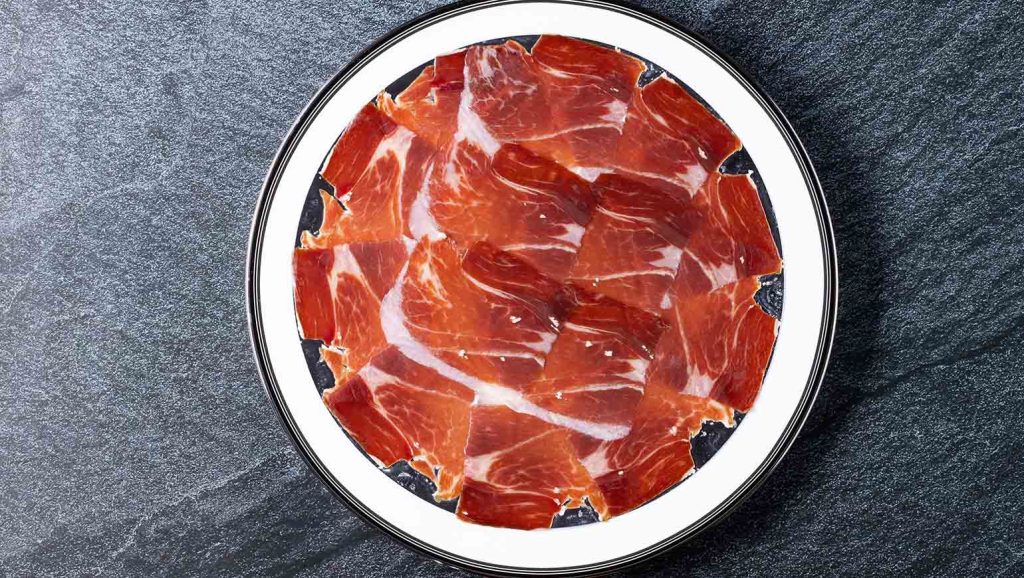
The most famous variety is Jamon Iberico de Bellota, made from Iberian black pigs that are fed acorns. This ham has evenly distributed fat, a tender texture, and a natural nutty aroma, making it one of Spain’s finest hams. In many restaurants and bars in Seville, you can enjoy this delicious ham. Thin slices of Iberian ham served with a piece of fresh bread is a simple yet delightful meal for the people of Seville.
2. The Art of Ham Slicing
The slicing of Iberian ham is an art form in itself. In Seville, you can watch professional ham carvers skillfully slice a whole ham into paper-thin pieces. Each slice must be cut precisely to showcase the best taste and texture of the ham. The skill of the ham carver is considered an art, and every bite of ham is a satisfying experience.
3. Pairing Ham with Local Wine
In Seville, ham is often enjoyed with local wines. For example, Sherry is a type of wine produced in the Andalusia region. It has a rich flavor and can be dry or sweet. Pairing Sherry with ham is one of the most classic food and drink combinations in Seville. The wine complements the ham beautifully, creating a perfect balance of flavors that leaves a lasting impression.
III. Seafood Delights: Gifts from the Mediterranean
1. The Seafood Flavors of Seville
Although Seville is not directly on the coast, its advantageous inland location along the Guadalquivir River means that the city has excellent access to fresh seafood from nearby coastal regions. The proximity to the Atlantic Ocean and the Mediterranean allows Seville’s chefs to source the finest quality seafood. Popular dishes like fried squid (Calamares Fritos) are crispy and light, often served with a squeeze of lemon and a sprinkle of salt. Another favorite is paella, a traditional Spanish rice dish cooked with an abundance of shellfish, prawns, and fish. The rich, savory flavors come from the combination of fresh seafood, saffron, and local spices that make it a true Andalusian masterpiece. Steamed mussels (Mejillones al Vapor) are also widely loved, often cooked with garlic, white wine, and a touch of parsley, providing a satisfying balance of sea freshness and aromatic depth.
2. Seville’s Seafood Market
In Seville’s bustling seafood markets, such as Triana Market (Mercado de Triana), visitors can immerse themselves in the vibrant local atmosphere while browsing the freshest catches of the day. The market is alive with activity, where local fishmongers proudly display their daily selection of fish, shellfish, and crustaceans. In addition to seafood, the market is a great place to explore Andalusian culinary culture, as it also features a variety of cured meats, cheeses, and regional produce. Visitors can even sample the seafood right at the market, with many stalls offering small bites or cooked dishes for customers to enjoy on the spot. The combination of fresh ingredients, local spices, and the lively energy of the market makes for an unforgettable experience.
3. Pairing Seafood with Local Wine
Just like ham is often paired with Sherry in Seville, seafood also shines when matched with the region’s wines. Fino Sherry, a dry and crisp variety of sherry, is particularly well-suited to the delicate and fresh flavors of seafood. Its light, slightly nutty flavor complements the natural sweetness of shellfish and fish, enhancing the overall dining experience. The acidity of Fino Sherry also helps to balance the richness of dishes like paella or fried squid, creating a harmonious pairing. For those who prefer something sweeter, a Manzanilla (a type of sherry produced near the coast of Cádiz) can be a delightful choice, offering a more floral and briny profile that pairs well with steamed mussels or grilled sardines.
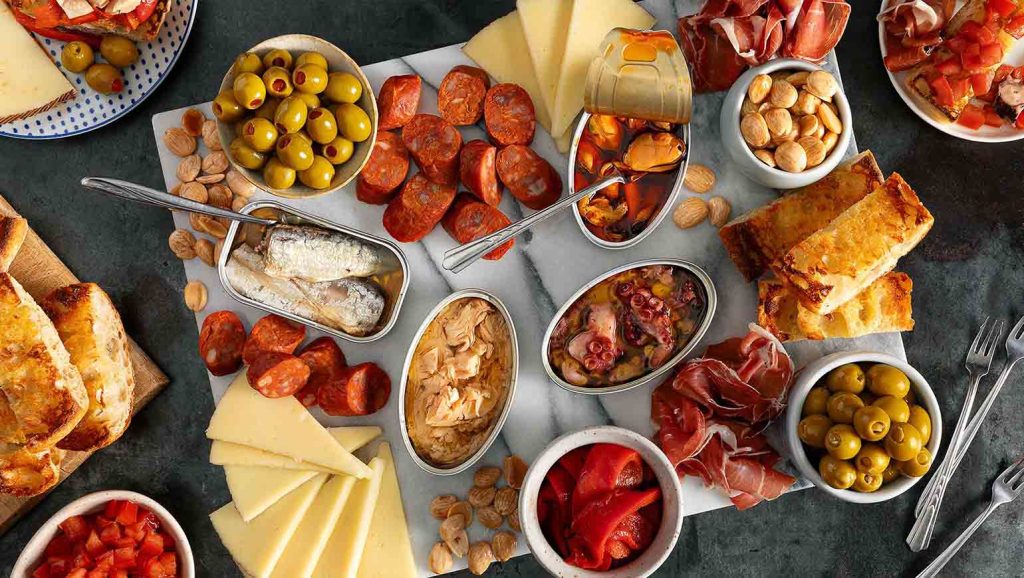
IV. Desserts: The Sweet Temptations of Andalusia
1. Traditional Desserts
Seville’s desserts are a reflection of its Mediterranean climate, rich in flavors from both the land and sea. Traditional sweets such as Tarta de Santiago, a moist almond cake flavored with a hint of citrus and topped with a dusting of powdered sugar, are enjoyed as a comforting end to a meal. Polvorones, the famous Spanish shortbread cookies made with honey and almonds, are often associated with the holiday season but are also a beloved treat year-round. These delicacies are often flavored with ingredients like orange blossom, almonds, and honey, which are staples in Andalusian cuisine. The combination of these flavors creates a deeply aromatic and satisfying sweetness, perfectly complementing the warm Mediterranean atmosphere of Seville. These traditional desserts are often paired with a cup of café con leche (coffee with milk), making them a popular choice for an afternoon snack.
2. Desserts and Festivals
In Seville, desserts play an essential role in local festivals and celebrations, where food becomes an expression of joy and community. During Semana Santa (Holy Week) and Feria de Abril (April Fair), special desserts like Torrijas (Spanish-style French toast soaked in milk, sugar, and cinnamon) are made and shared among families and friends. These sweet treats are not only enjoyed for their delicious flavors but also for their symbolic meaning, representing renewal, tradition, and the collective spirit of the community. These festivals are an opportunity to indulge in decadent sweets that celebrate the love for life and the respect for centuries-old customs. Whether it’s the rich flavors of Tarta de Santiago or the delicate Polvorones, Seville’s desserts offer a taste of the region’s rich cultural and culinary heritage.
V. A Culinary Journey Through Seville
The food in Seville is a feast for the eyes and taste buds. From tapas to ham, from seafood to desserts, every dish conveys Seville’s deep cultural and historical heritage. The food here is not just a treat for the tongue but a profound experience of Andalusia’s regional specialties and Spanish traditions. If you find yourself in Seville, immerse yourself in this city’s world of delicious flavors, experience its rich food culture, and taste the evolution of flavors from ancient times to the present.
